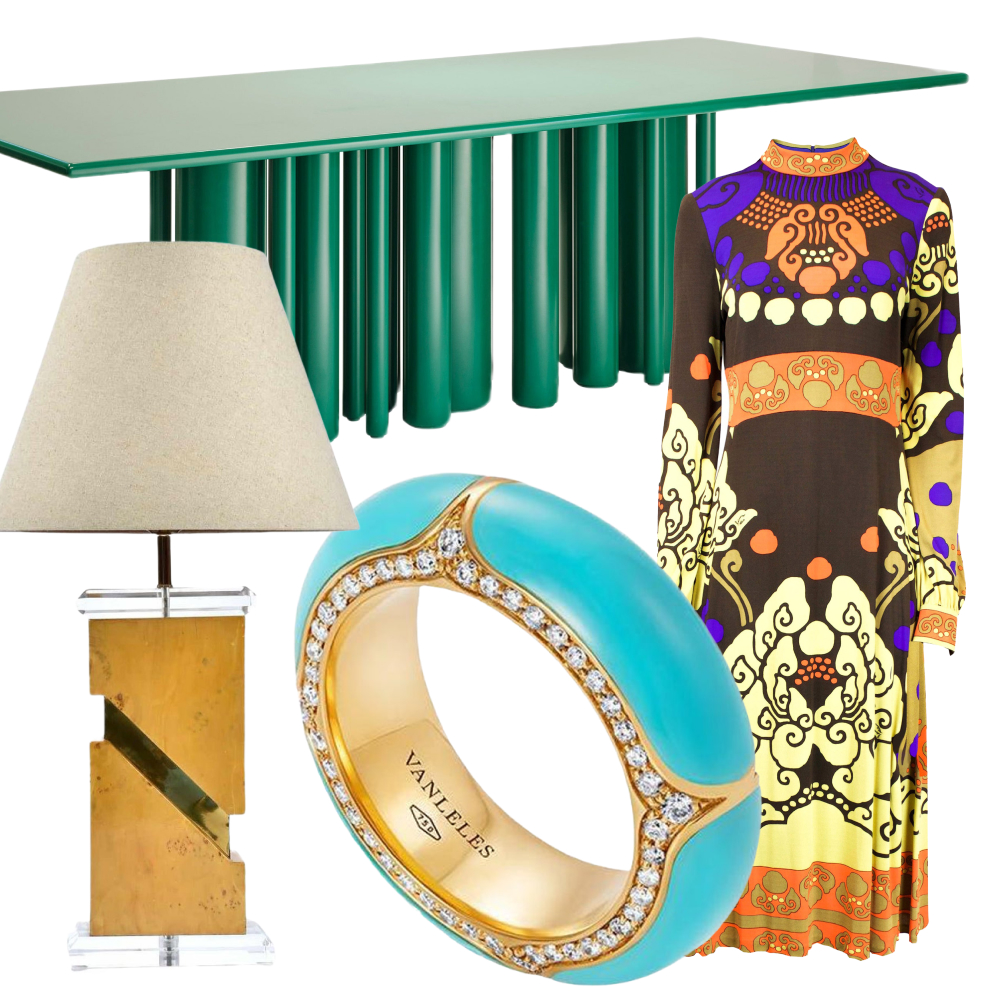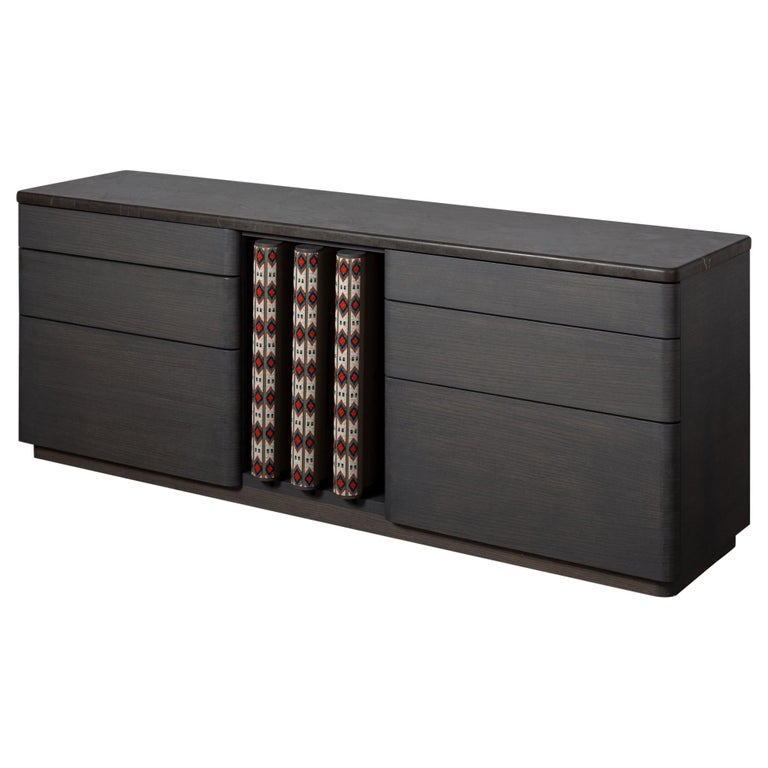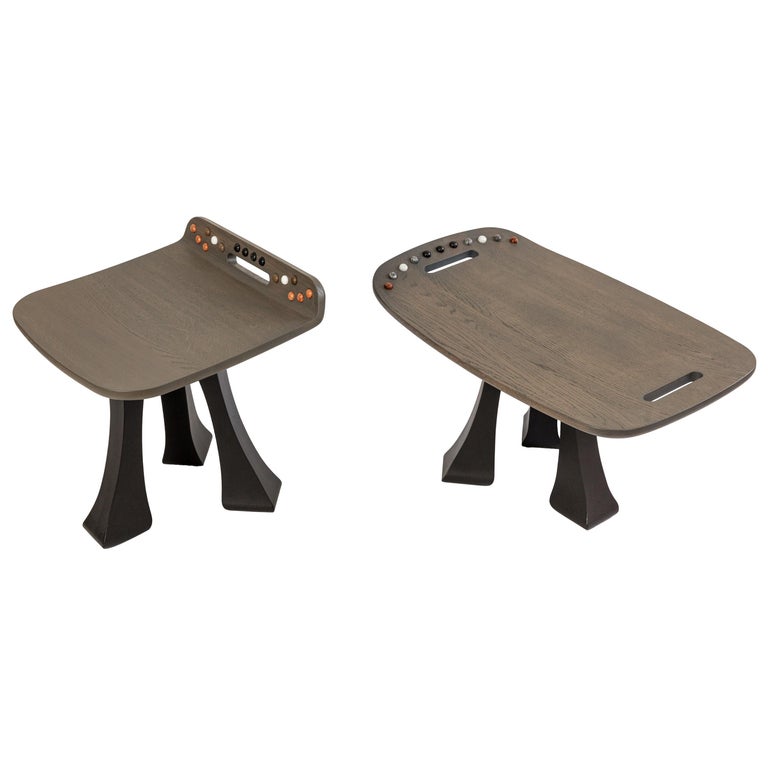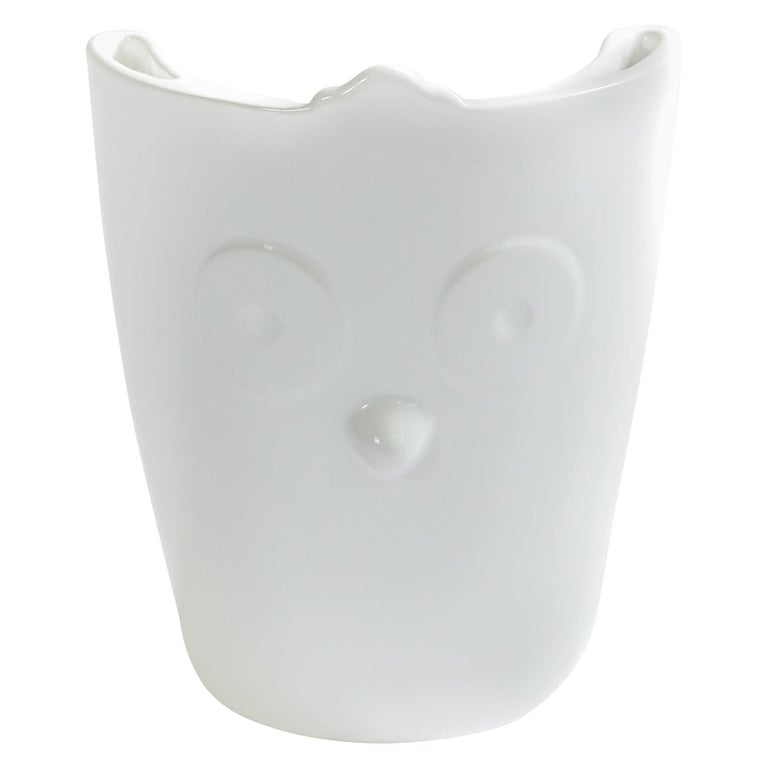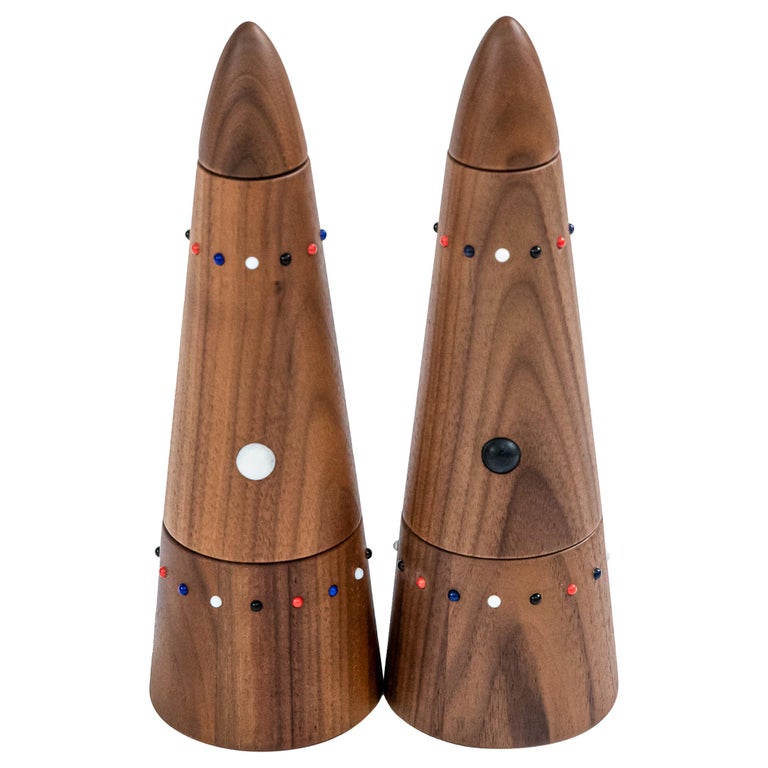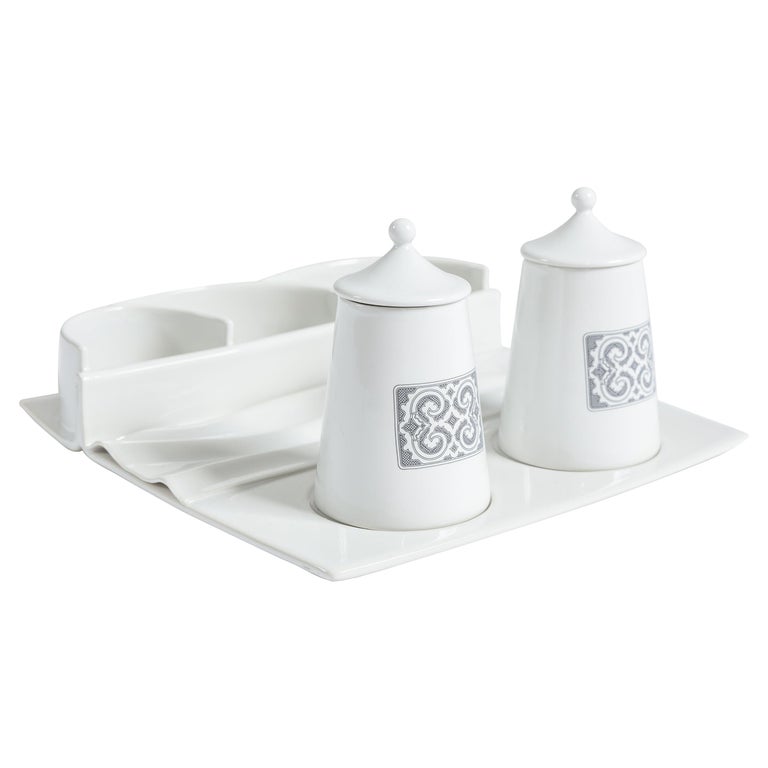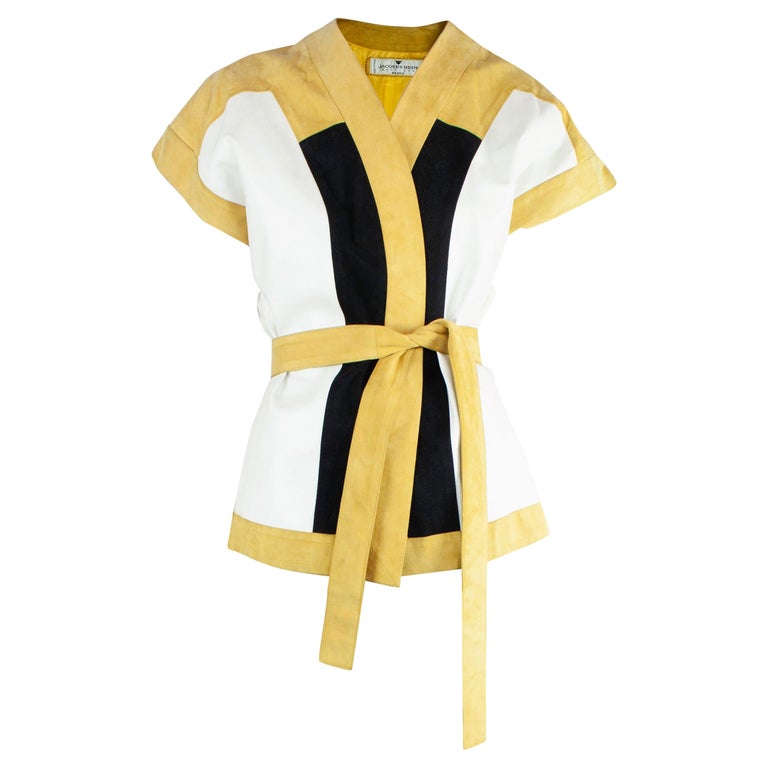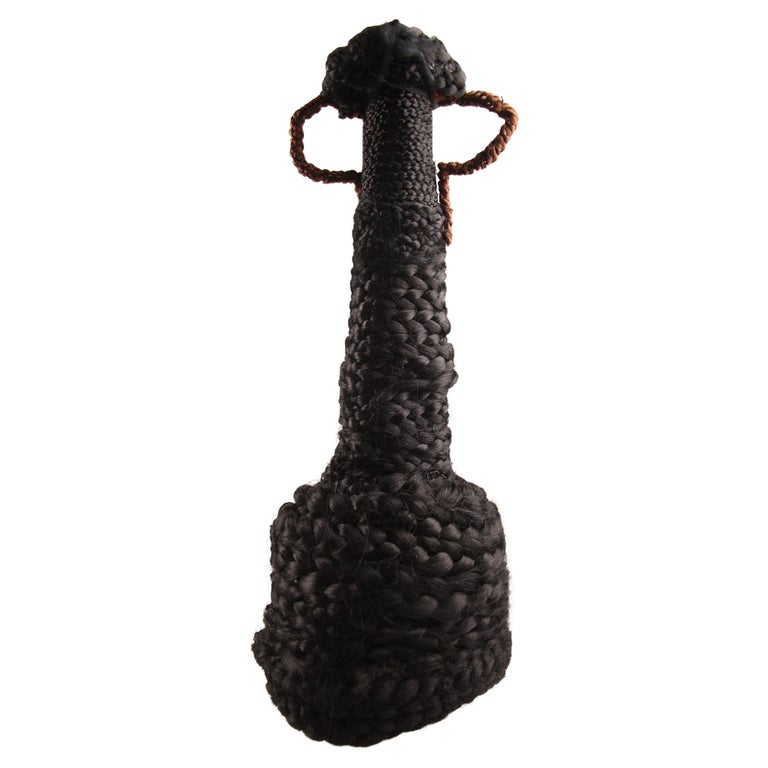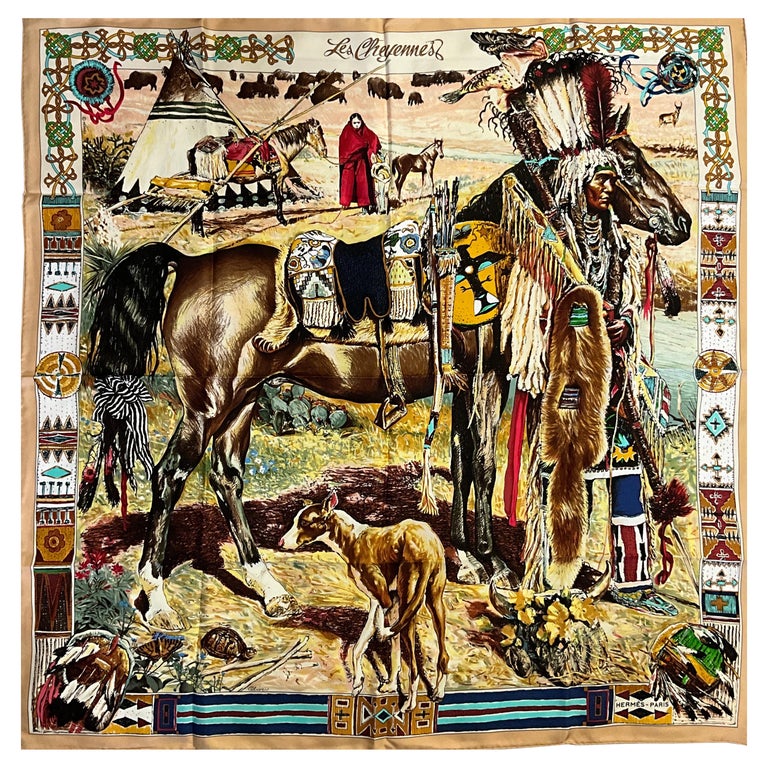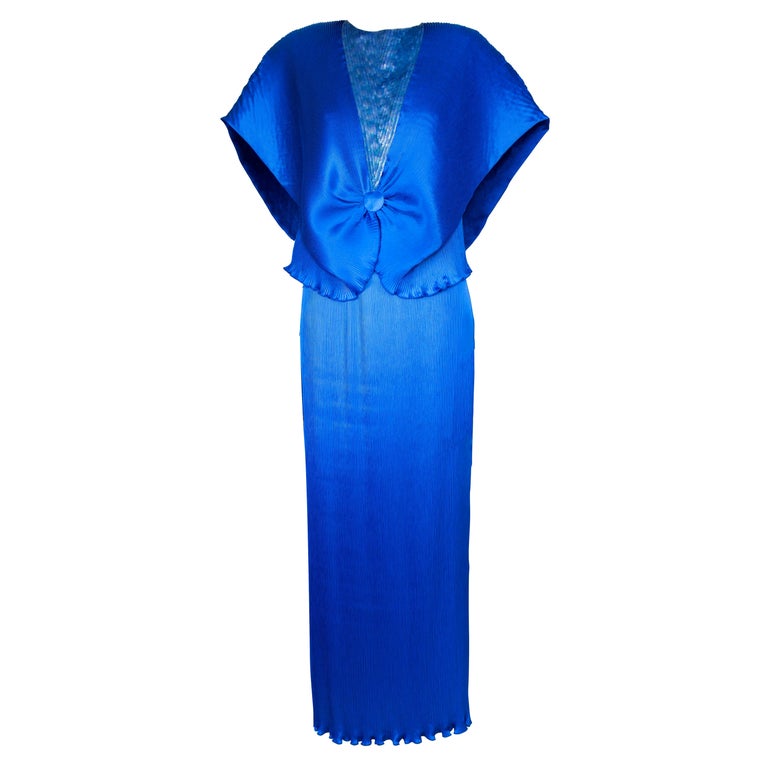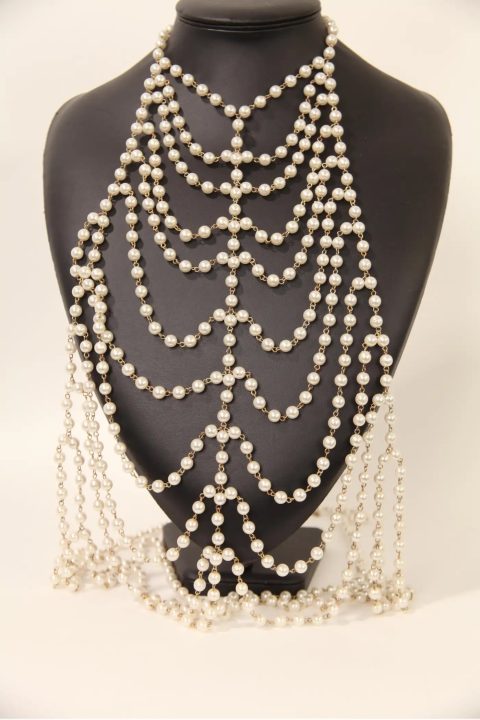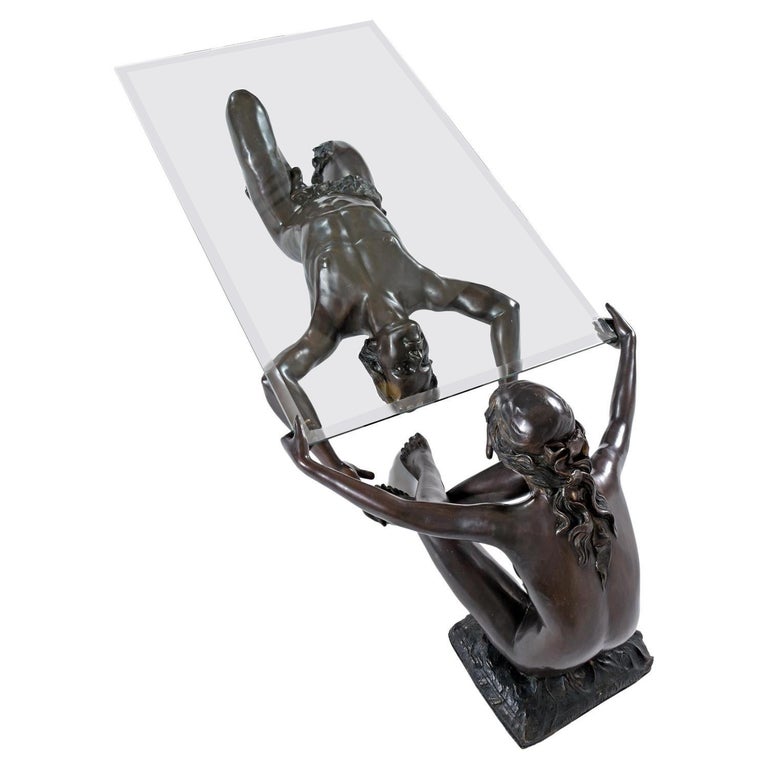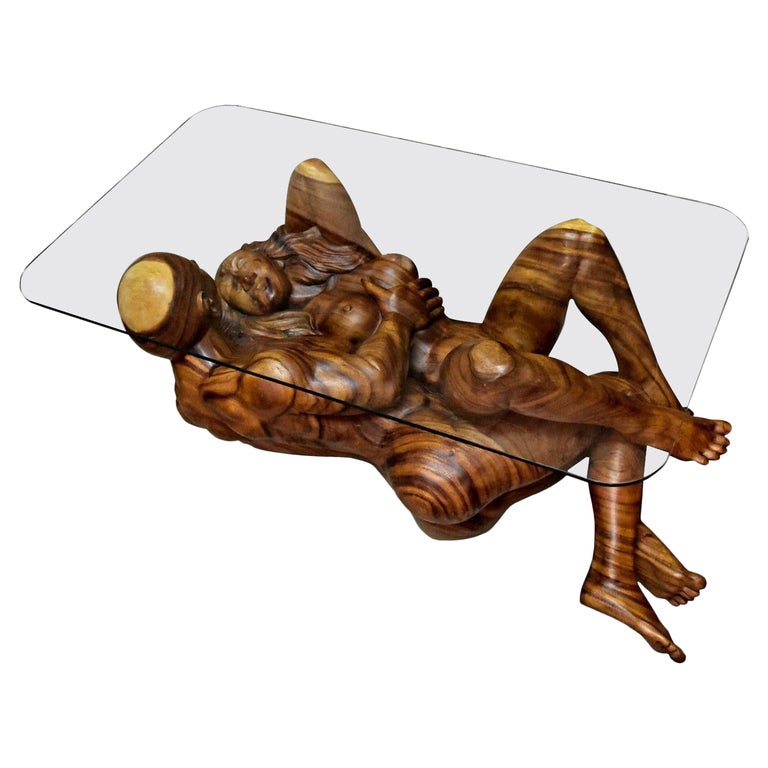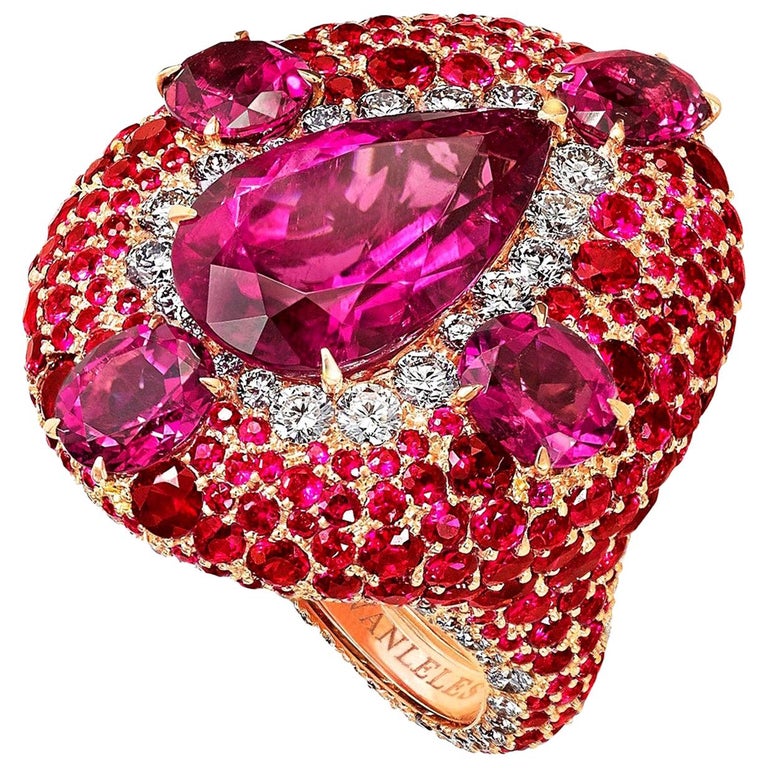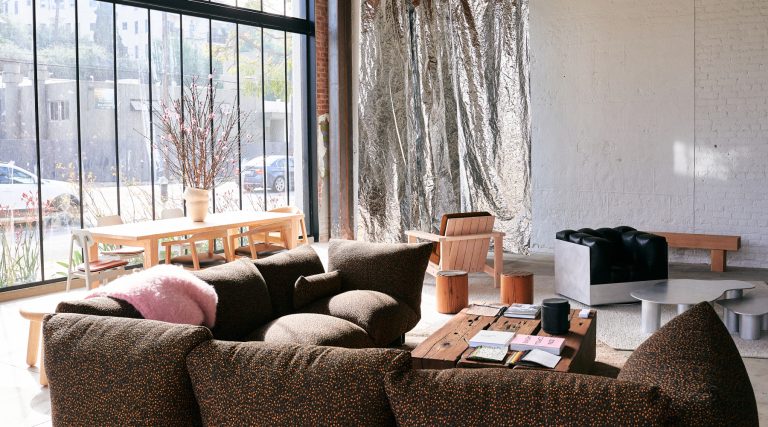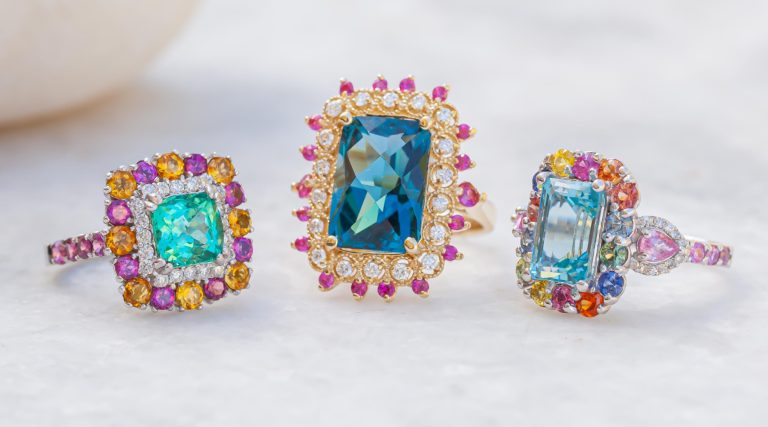February 18, 2024As a global marketplace for exceptional design and art, 1stDibs showcases objects from a wide array of cultures and diverse creative voices. During Black History Month, we’re shining a spotlight on four standout female sellers of color. Each has a different area of specialization — vintage furnishings, contemporary design, fashion, high jewelry — and each has her own compelling perspective and story to share.
SoShiro
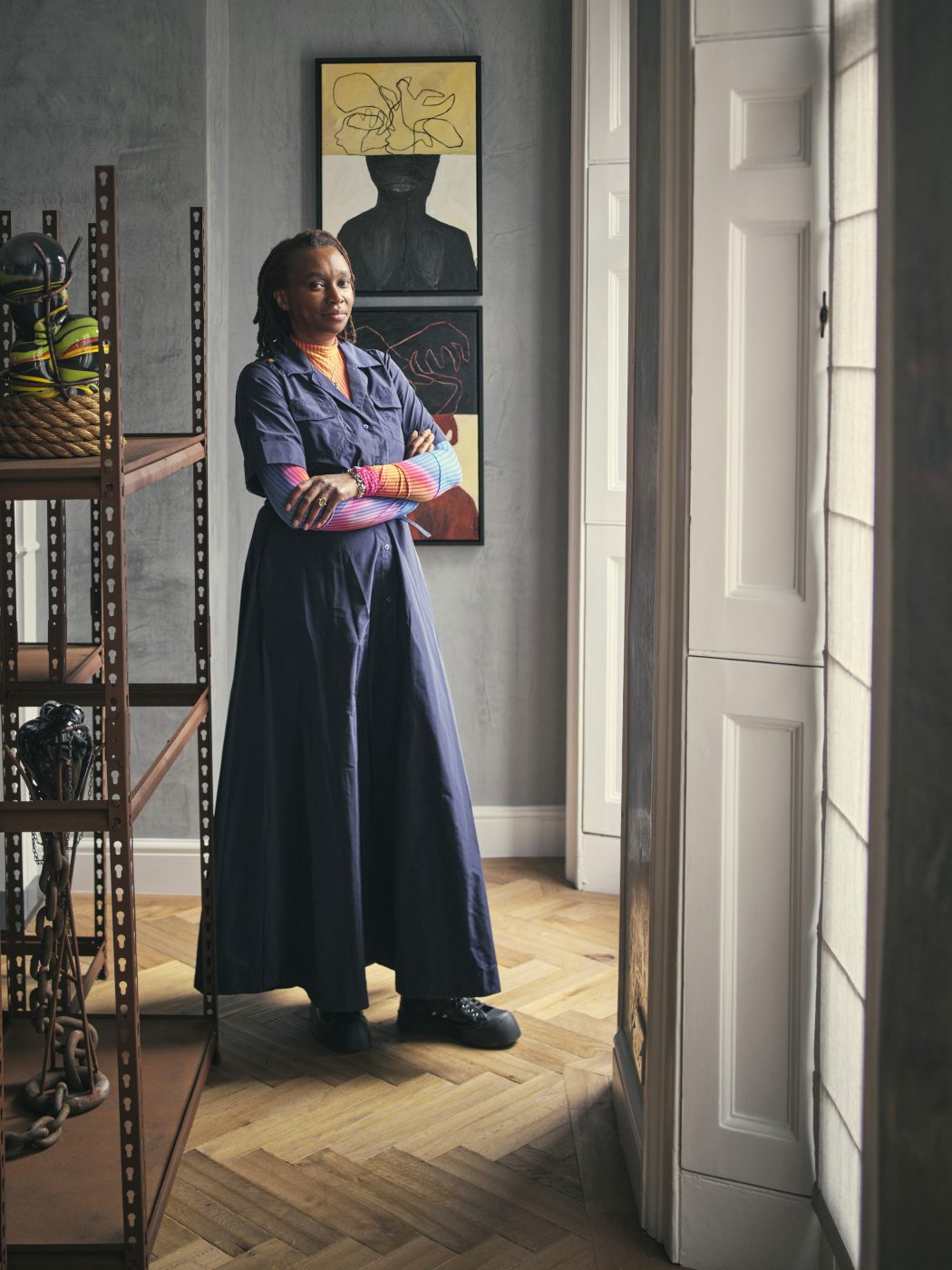
For Shiro Muchiri, the decision to launch SoShiro, her ambitious gallery, event space, creative consultancy and atelier, was rooted in a desire to tell engaging, diverse stories through art and design. The Kenyan-born interior architect opened SoShiro in a five-story London townhouse in 2020. At the time, she was 15 years into serving as head of her own firm, Interni Design Studio, a role in which Muchiri says she too often felt constrained by the residential, office and hospitality projects she worked on.
“I began to realize that all of this high-end design was very Eurocentric and maybe monotone in some ways,” says Muchiri, who studied interior architecture in Italy and the U.K. before starting Interni. “The options for specifying furniture items that spoke of a different narrative or different cultural aesthetics were not there.”
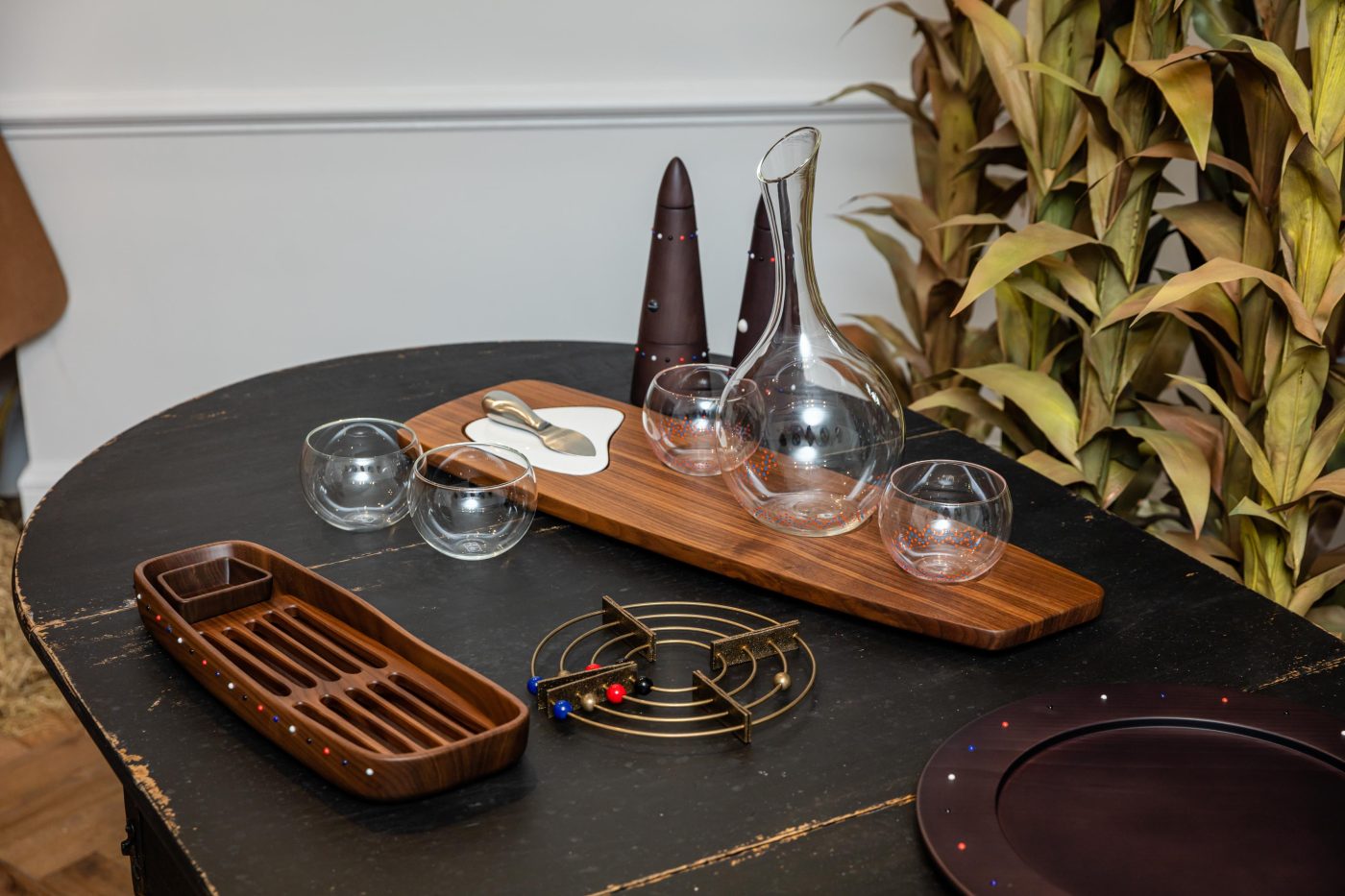
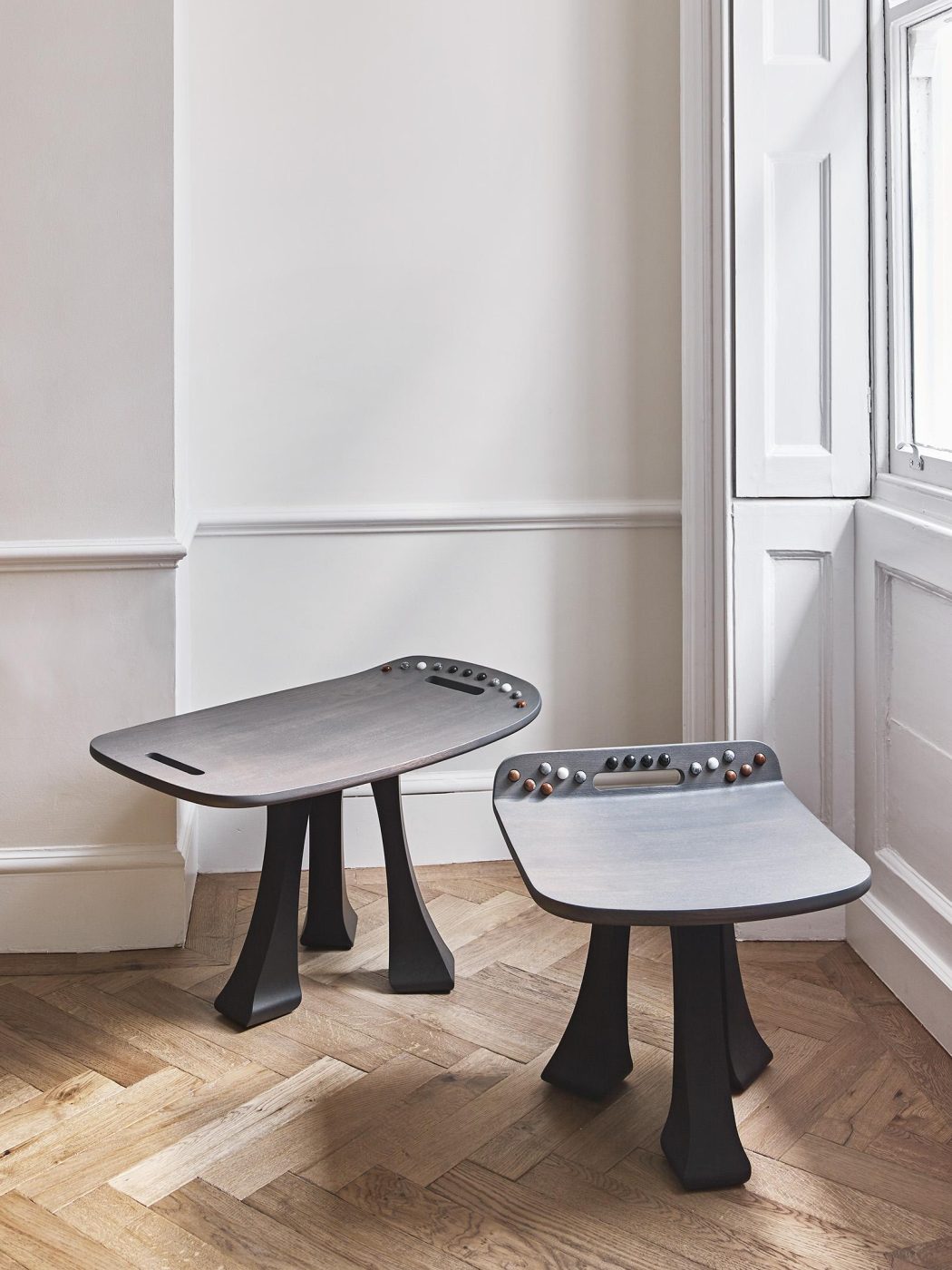
While Muchiri maintains her architectural design practice, SoShiro is an outlet for creating her own original furnishings as well as collaborating with other artists from diverse cultural backgrounds who are “community oriented and have a narrative in their work,” she says.
For SoShiro’s inaugural collection, Muchiri designed a series of wood furnishings and accessories embellished with glass beads and marbles inspired by the vibrant beadwork made by Pokot artisans in her native Kenya. Called Pok, the line includes trays, salt and pepper grinders, a stool, a side table and a marble-top oak credenza with pull-out leather panels at the center that are edged in exuberant beading. “I want everything at SoShiro to be authentic, and the beaded collection was an aesthetic I understood,” says Muchiri, who explains that her aim was to celebrate Pokot artistry with objects that could fit comfortably into a variety of settings.
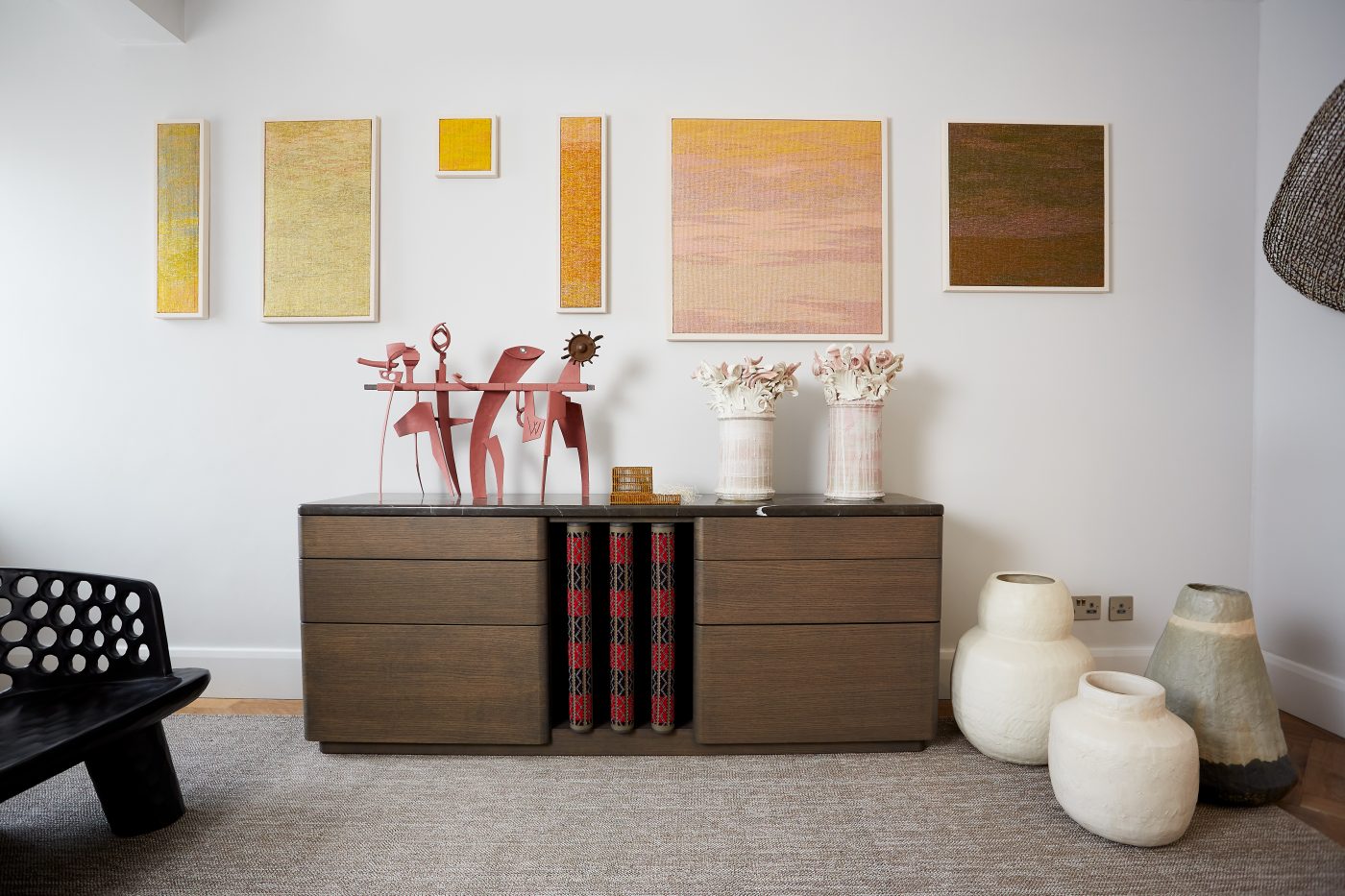
SoShiro’s other collections include lacquered-wood cabinets and a range of ceramic accessories and linens created with Toru Kaizawa, an artist from Japan’s Ainu community, all featuring indigenous patterns and motifs. Muchiri collaborated as well with Alexandre Arrechea, of the well-known Cuban art collective Los Carpinteros, producing several playful game-themed pieces, like a snooker-rack-shaped tray for shot glasses and a dice-rimmed bowl. Arrechea also designed a pearwood-topped desk and a shelving unit, whose aluminum structures spell out “I do” and “CHAOS,” respectively, in retro LCD-style lettering.
“Growing up in Nairobi and having lived as a foreigner in Milan, always being the person from somewhere else, I am conscious of ways to bring people together,” says Muchiri. “Art is very good at doing that, at finding common ground to make friends and connect with different communities. And that, I think, is a powerful thing.”
Chantal Quiquine
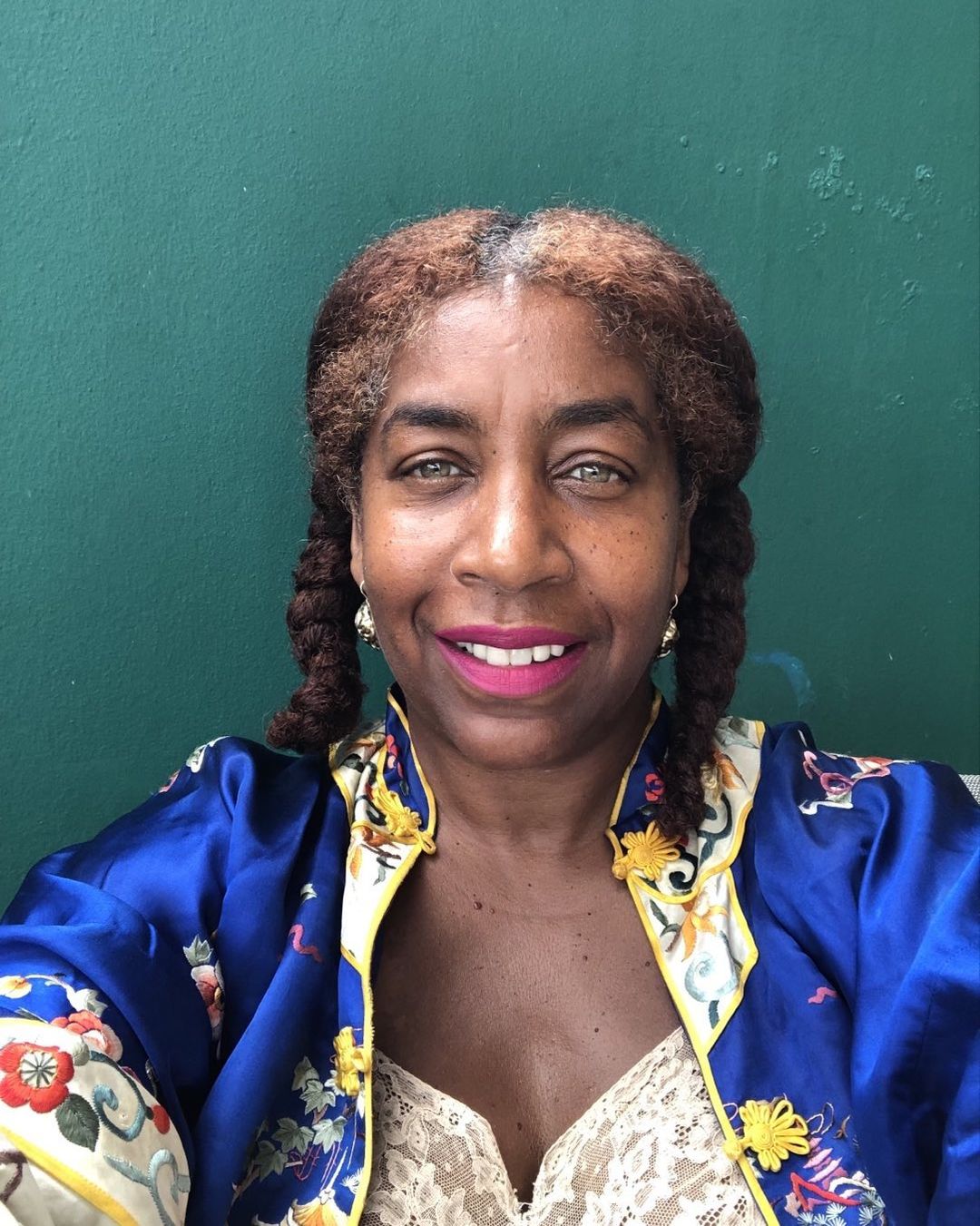
Chantal Quiquine grew up in Paris and started modeling at 18, after being scouted at a café. “I came from a lineage of very elegant women,” she says. Her grandmother, a private chef, especially influenced her sense of style. “She cooked French-Caribbean cuisine for wealthy Parisian clients, politicians and artists. She had impeccable taste and wore only French labels like Jean Patou and Nina Ricci. I inherited many of her clothes and jewelry pieces, such as her collection of Hermès scarves.
“French fashion names like Dior, Chanel, they were kind of like the sounds of my childhood,” she recalls.
She continued to model while pursuing her doctoral studies in French-Caribbean literature. Eventually, fashion pulled her back from a career in academia. “I realized that people really liked my take, the way that I put fashion together, and so I started doing styling and creative direction,” Quiquine says. Now based in London, she works with photographers and fashion magazines, in addition to doing costume consulting for films.
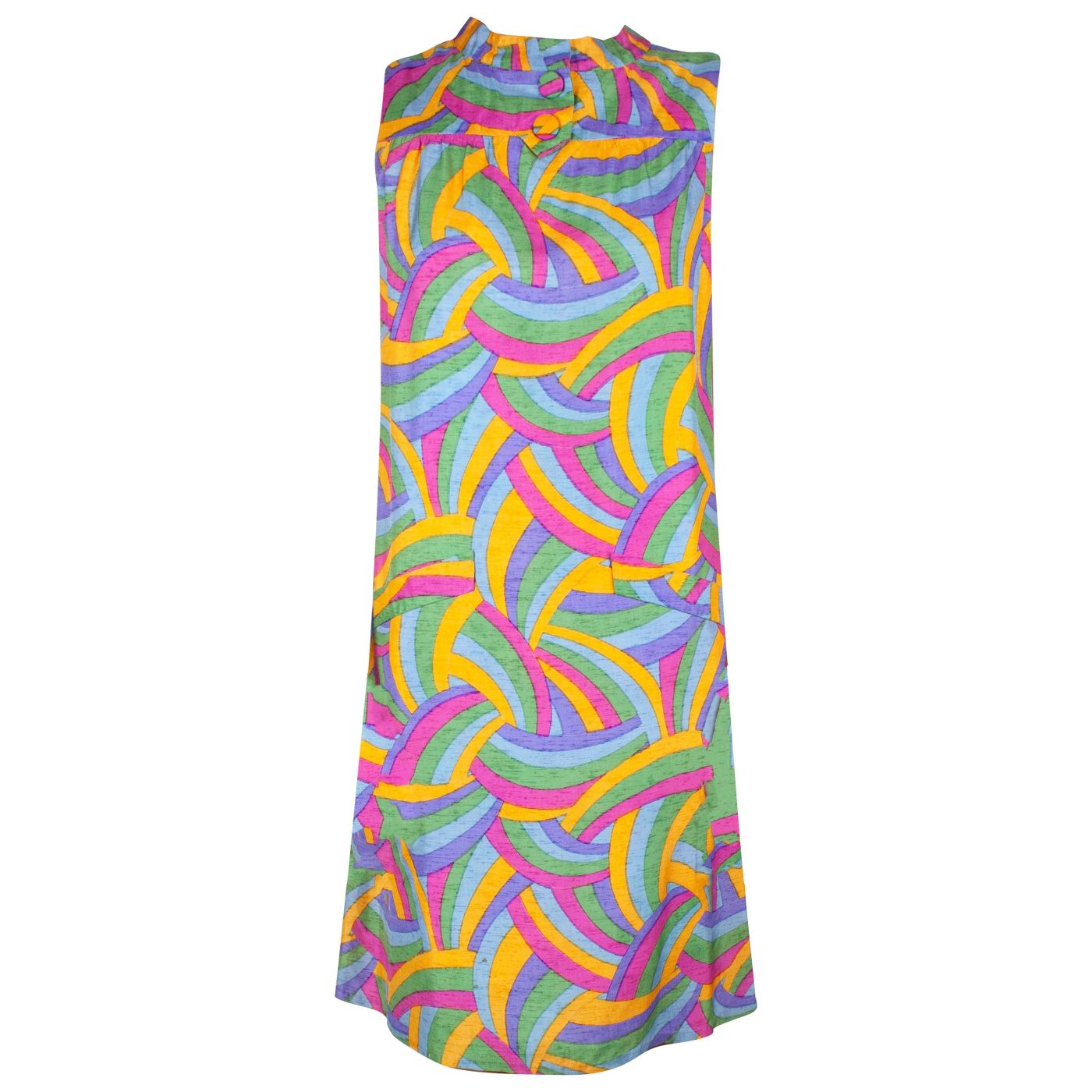
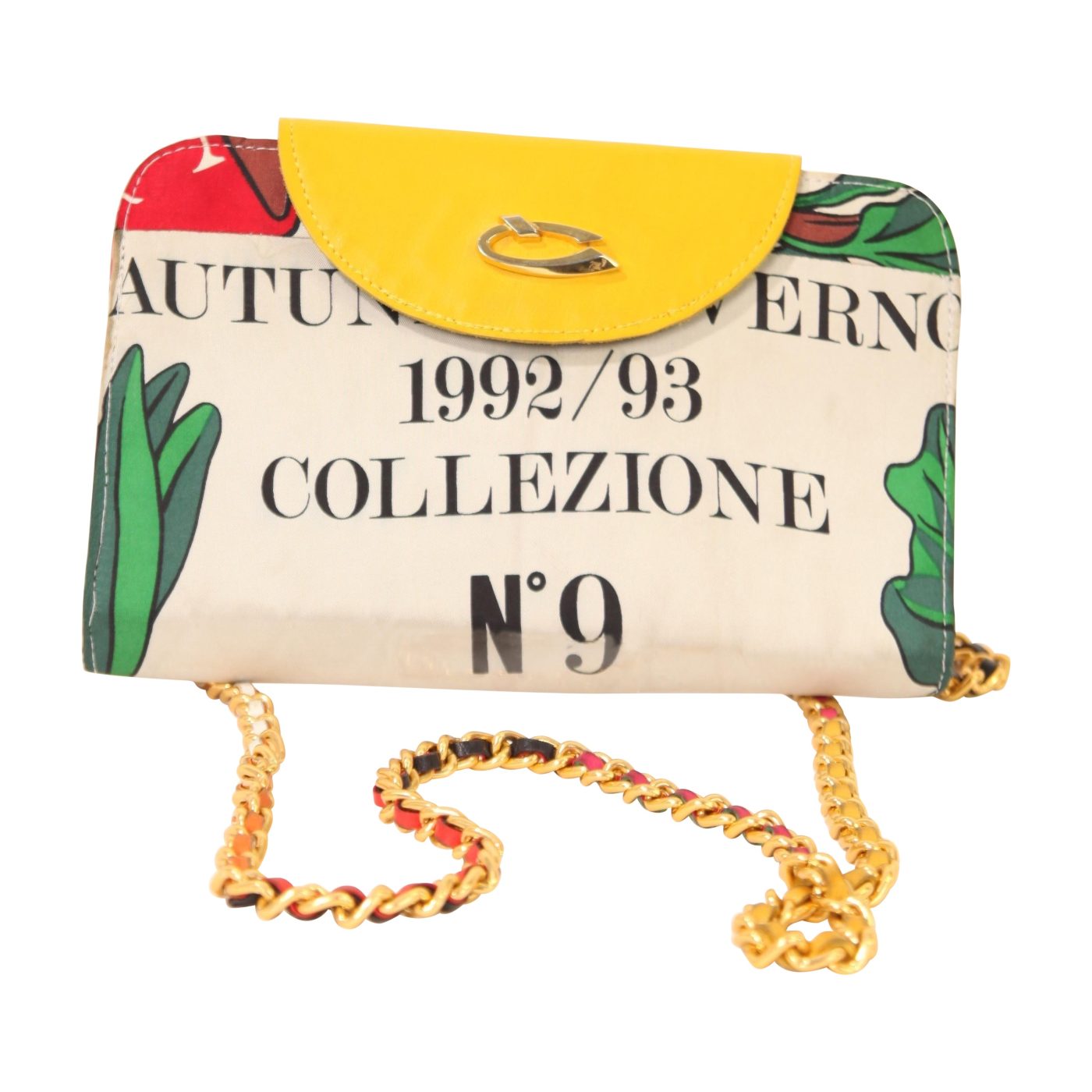
Quiquine is also a dealer of vintage clothing, accessories and jewelry, a business she got into nearly 30 years ago, when collecting fashion was not the “really big thing” it has become today, she notes. Her offerings range from a spirited 1960s Jacques Heim silk cocktail dress with Op art–like psychedelic swirls to an elegant ’70s Yves Saint Laurent evening dress in iridescent black velvet to an haute rock-and-roll Vivienne Westwood jacket from the ’90s in a holographic metallic fabric. Another standout is a 1980s red leather blazer with white piping by Louis Féraud, whom she describes as an artistic designer in whose collections “you can find gems.”
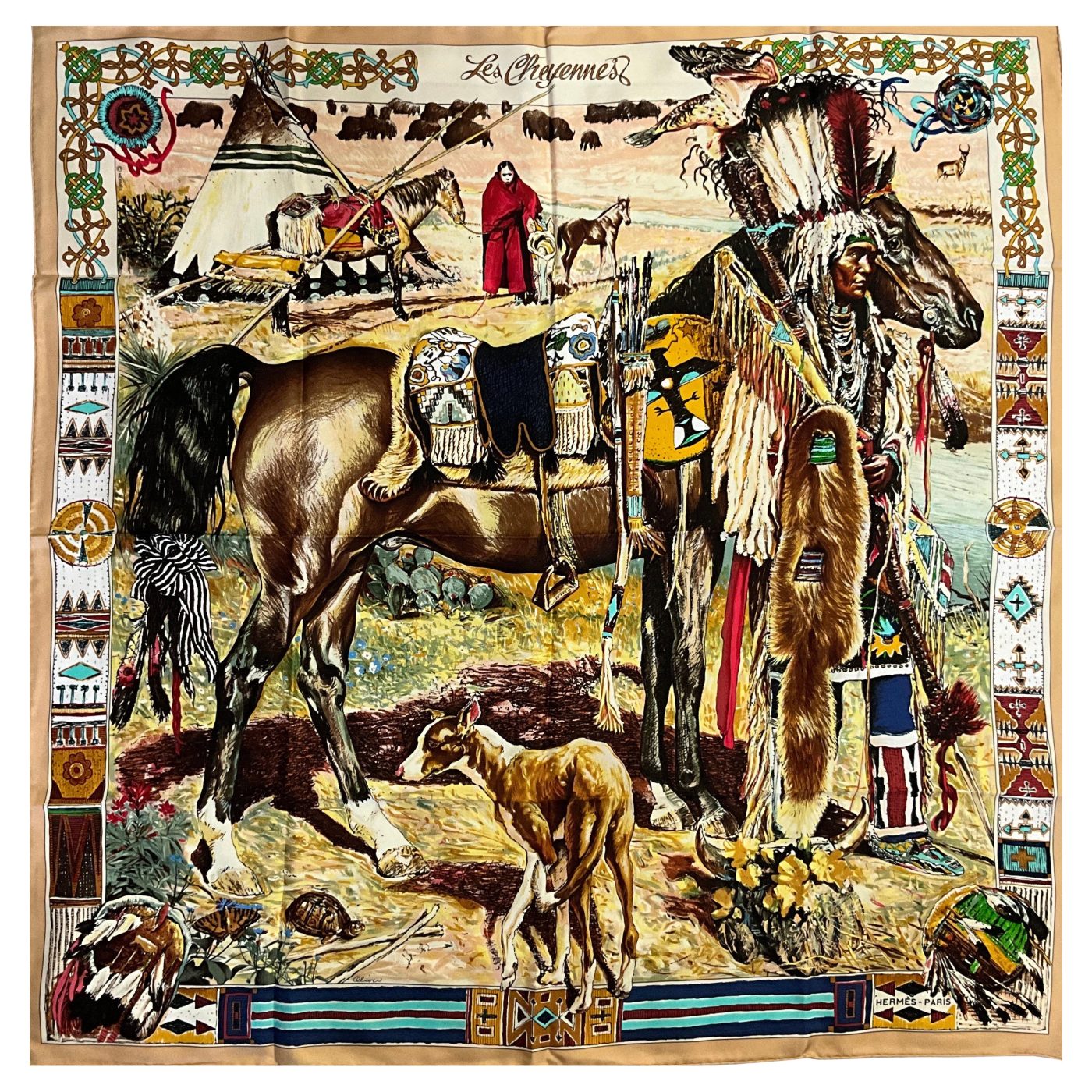
Quiquine also carries handbags by Moschino and Dior, Hermès scarves and a small assortment of jewelry, like a Paco Rabanne black-leather and chain-mail necklace from the ’60s. It’s an eclectic mix that reflects the way she collects.
She has, as she puts it, “quite a huge” personal collection, which she mostly keeps separate from what she sells. “When I go buying — from dealers, at auction — and I find something, it’s better to just take it to the studio and say that it’s not mine, because I get very attached,” she says. “This buying, it comes from a very deep desire. Of course, sometimes you also have to keep something for yourself.”
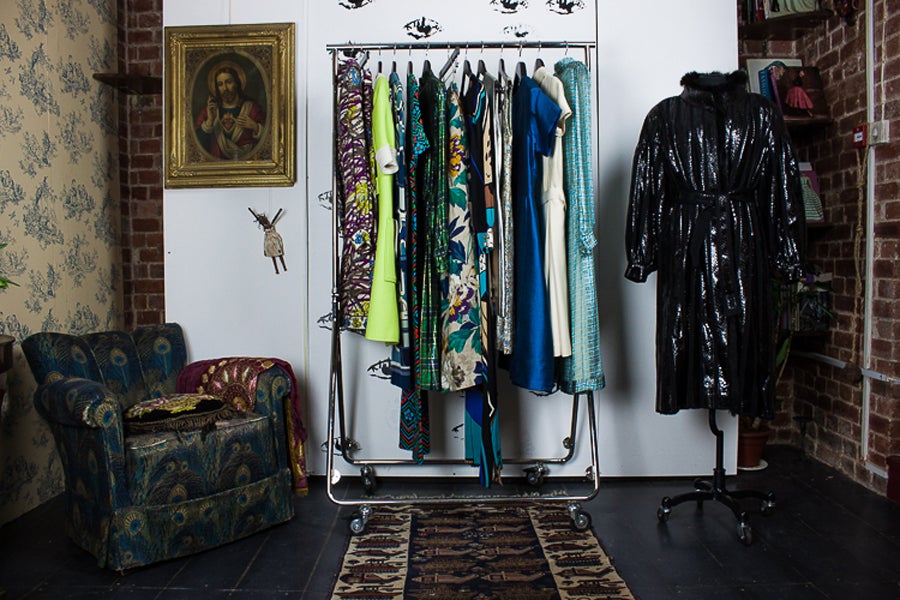
With increased competition for top-quality vintage fashion, whether from dedicated collectors or those just looking for something distinctive and different, it’s harder now to find underappreciated gems. Quiquine notes that there are people with the means to buy whatever they want new who will choose vintage for the history, the uniqueness. “With vintage,” she says, “you are guaranteed you won’t see other people wearing the same thing.”
Furnish Me Vintage

When the COVID pandemic shut down in-store shopping in 2020, it provided Jackie Williams and her husband, Todd Wilson, with the perfect opportunity to relocate their business, Furnish Me Vintage, from St. Petersburg, Florida, to Chattanooga, Tennessee. “It actually gave us a moment when we weren’t having to deal with customers in person to make that move,” she explains. “Packing up our thirty-thousand-square-foot store was a massive undertaking.”
The couple were looking for a fresh start for themselves, with better work-life balance, as well as for their decade-old enterprise, which dealt in a wide range of collectible design.
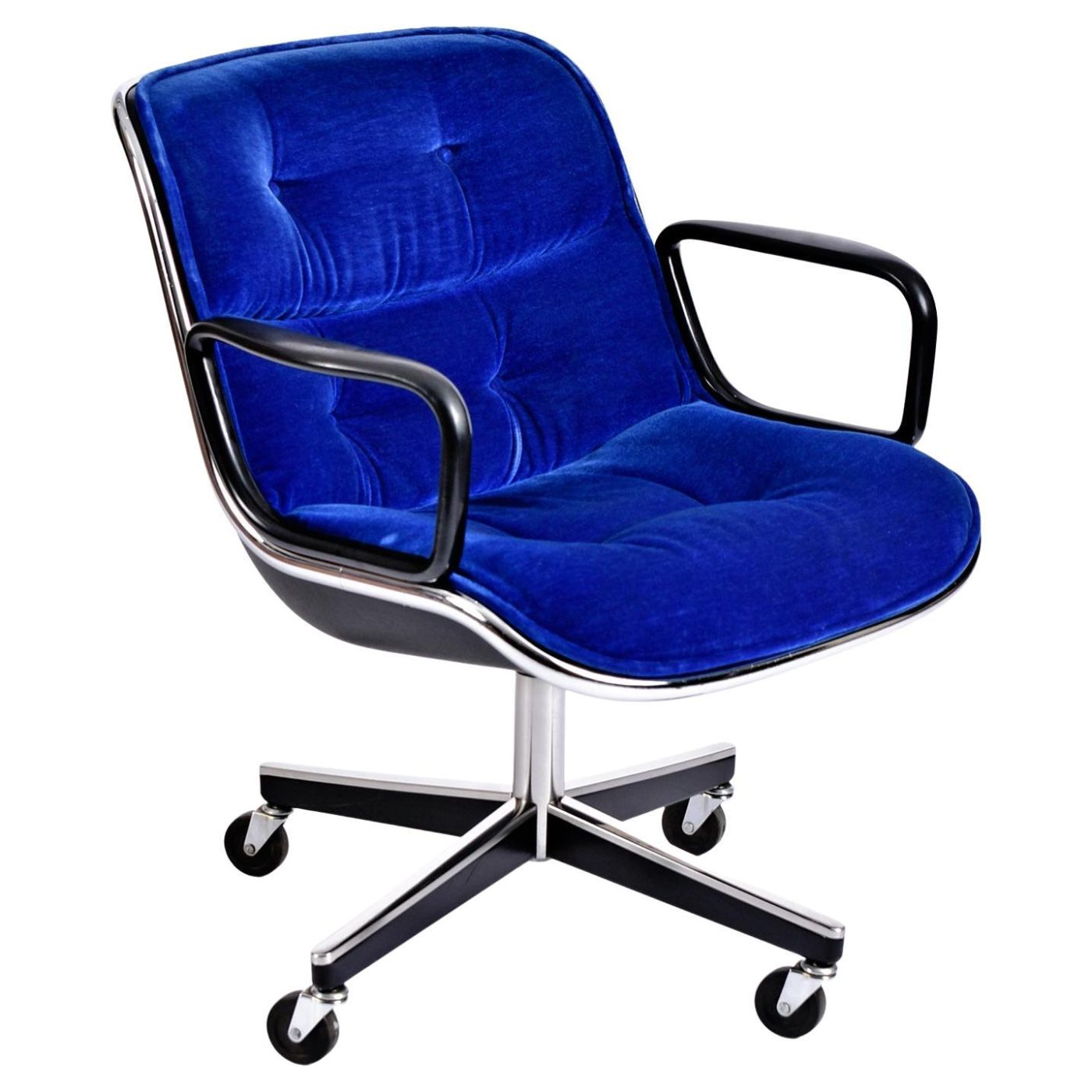
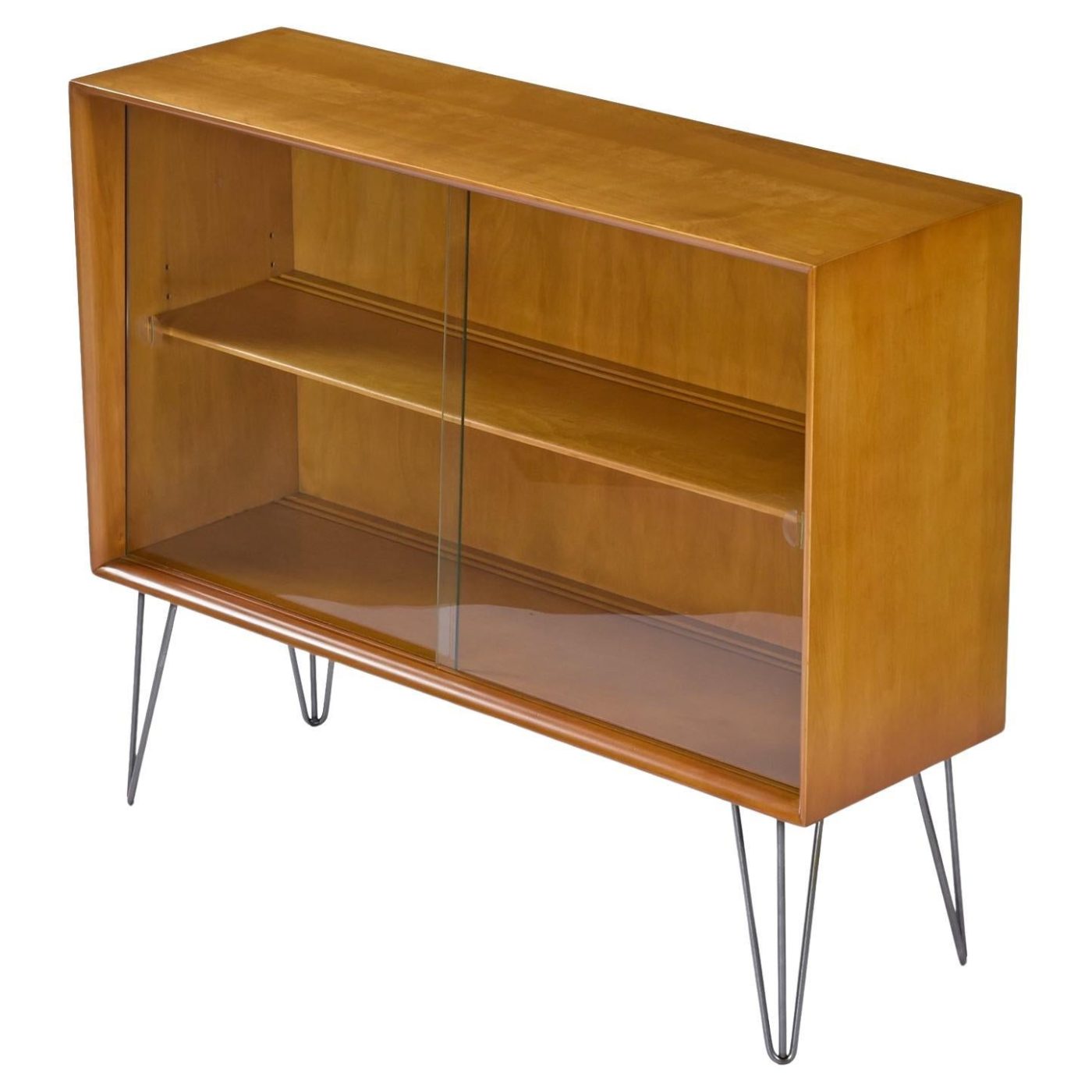
Thanks in large part to their success selling on 1stDibs, they decided to scale down their showroom operation and refine their offerings to focus on higher-quality pieces. In Florida, about half their sales were online. Now it’s close to 95 percent.
Furnish Me Vintage occupies an unassuming 6,500-square-foot warehouse in a light-industrial area of Chattanooga, with spaces for photography and restoration work, most of which is done on the premises by the couple and their small team. The location along the I-75 corridor is not only close to multiple metropolitan areas but also convenient for shipping furniture around the U.S. “Most of our clients are spread throughout the country, and we buy from all over America. Chattanooga’s location is a logistical advantage,” says Williams. “We also love the natural beauty and slower pace of life here.”
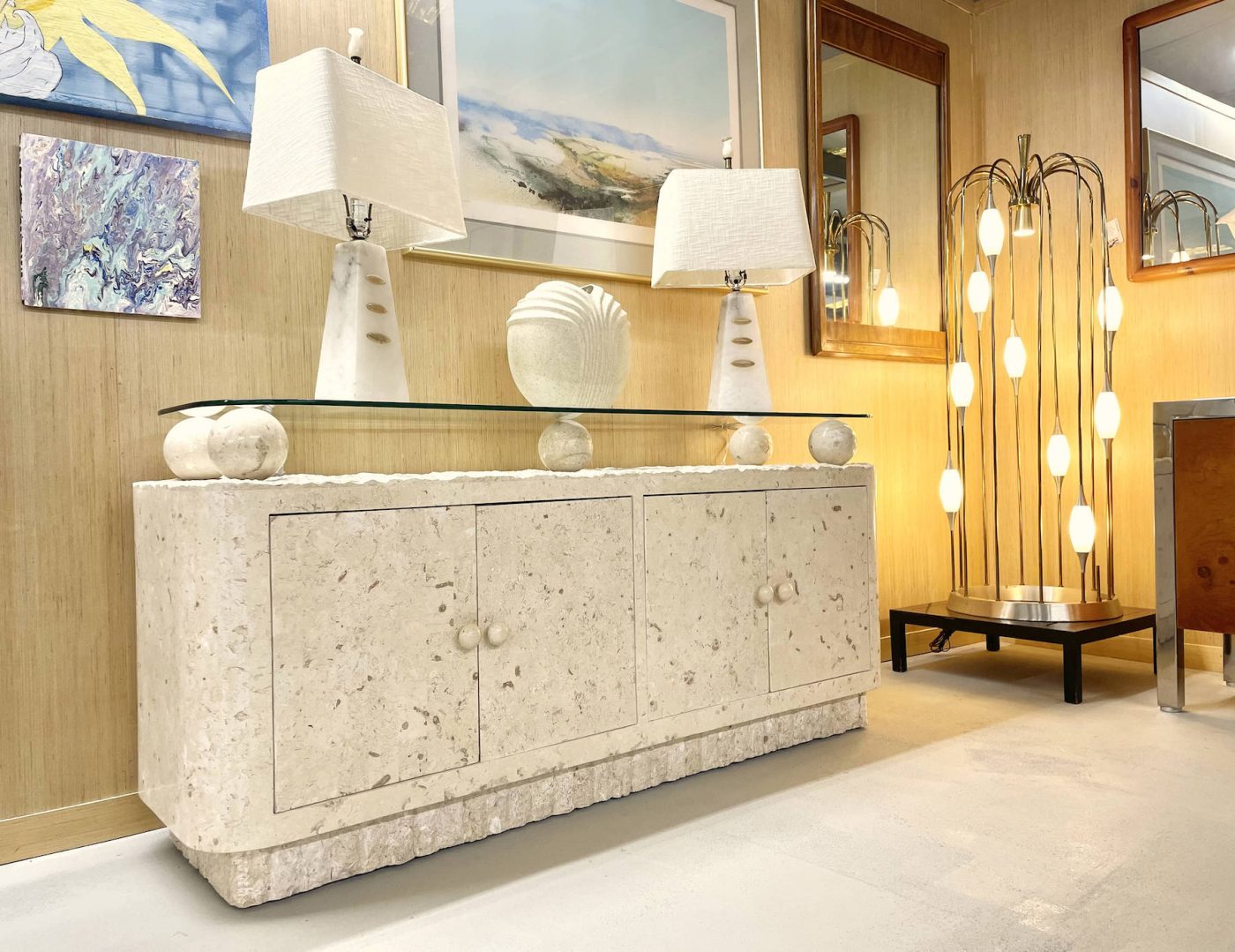
These days, Williams and Wilson sell plenty of mid-century modern classics by such firms as Heywood-Wakefield, Knoll and Dunbar, but they also carry pieces by makers less familiar to American audiences, like Brazilian designers Jean Gillon, Sergio Rodrigues and Percival Lafer. In general, the pair gravitates to the playful and idiosyncratic, which might be a set of Witco’s colorful carved Tiki Throne King chairs from the 1960s, restored with faux-leopard upholstery, or a suite of ’70s Adrian Pearsall Brutalist furniture in textured resin that Williams says had been her “white whale” before she found a house in Atlanta whose owners “had bought the entire catalogue.”
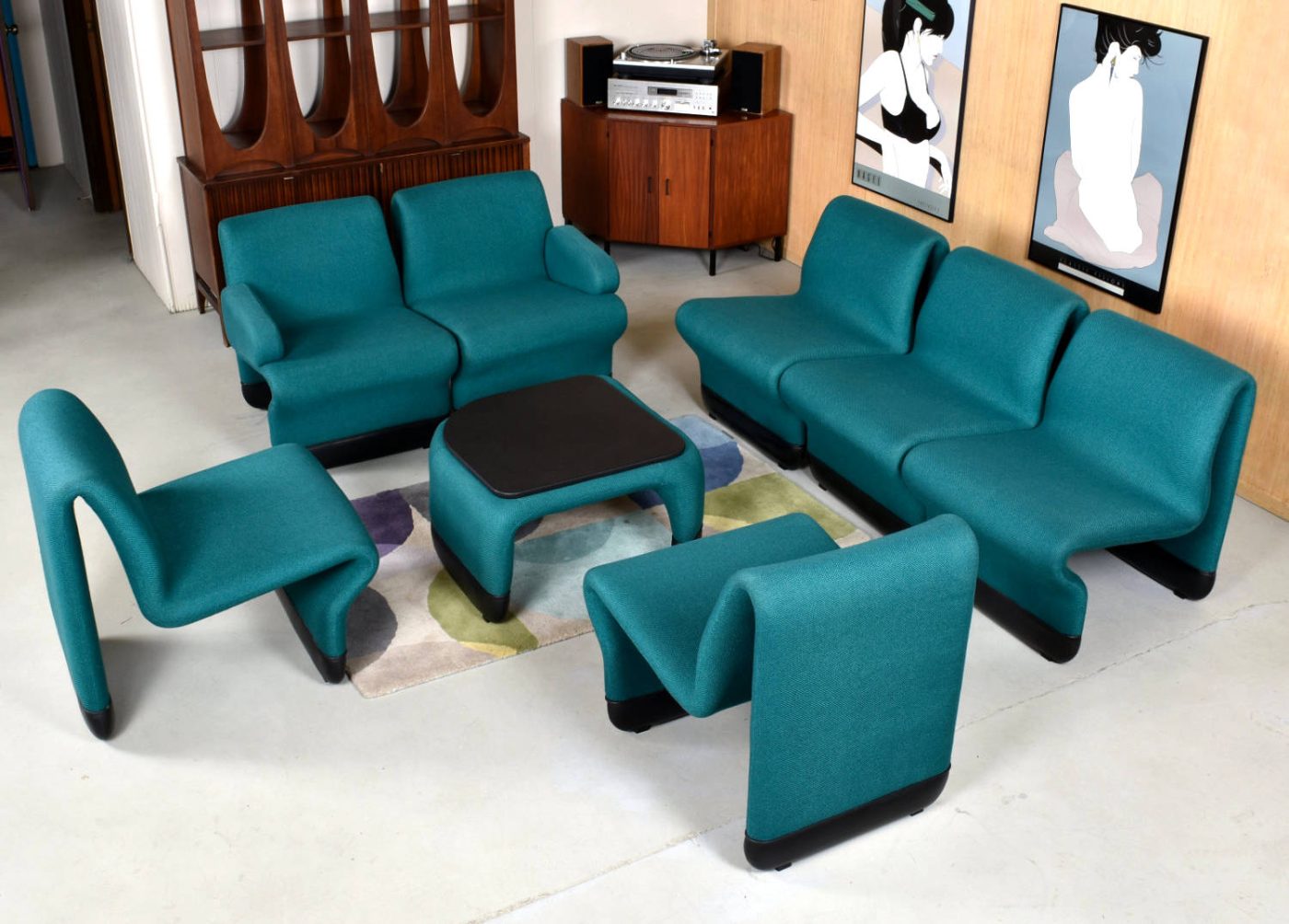
The couple were also fairly early adopters of vintage ’70s pieces — think lots of chrome, Lucite, burled wood and velvet — and they have a fondness for ’80s postmodern furniture by Memphis designers like Gaetano Pesce. “We’re looking for things that are more exciting, more textured, maybe more luxurious,” says Williams, noting, “Everything we sell is something that we would put in our own house.”
For Williams and Wilson, who are natives of Upstate New York, moving to Chattanooga was a bit of culture shock — in a positive way. “Southern culture is hypercomplex socially,” says Williams. “I’m not always in a space around a lot of other Black people, and there’s such a rich African American community here. We get a lot more Black people coming into the store, and I really enjoy them sharing their stories and experiences and seeing their perspective on our collection.
“I am learning a lot,” she adds. “I’m still a newbie in town.”
Vanleles
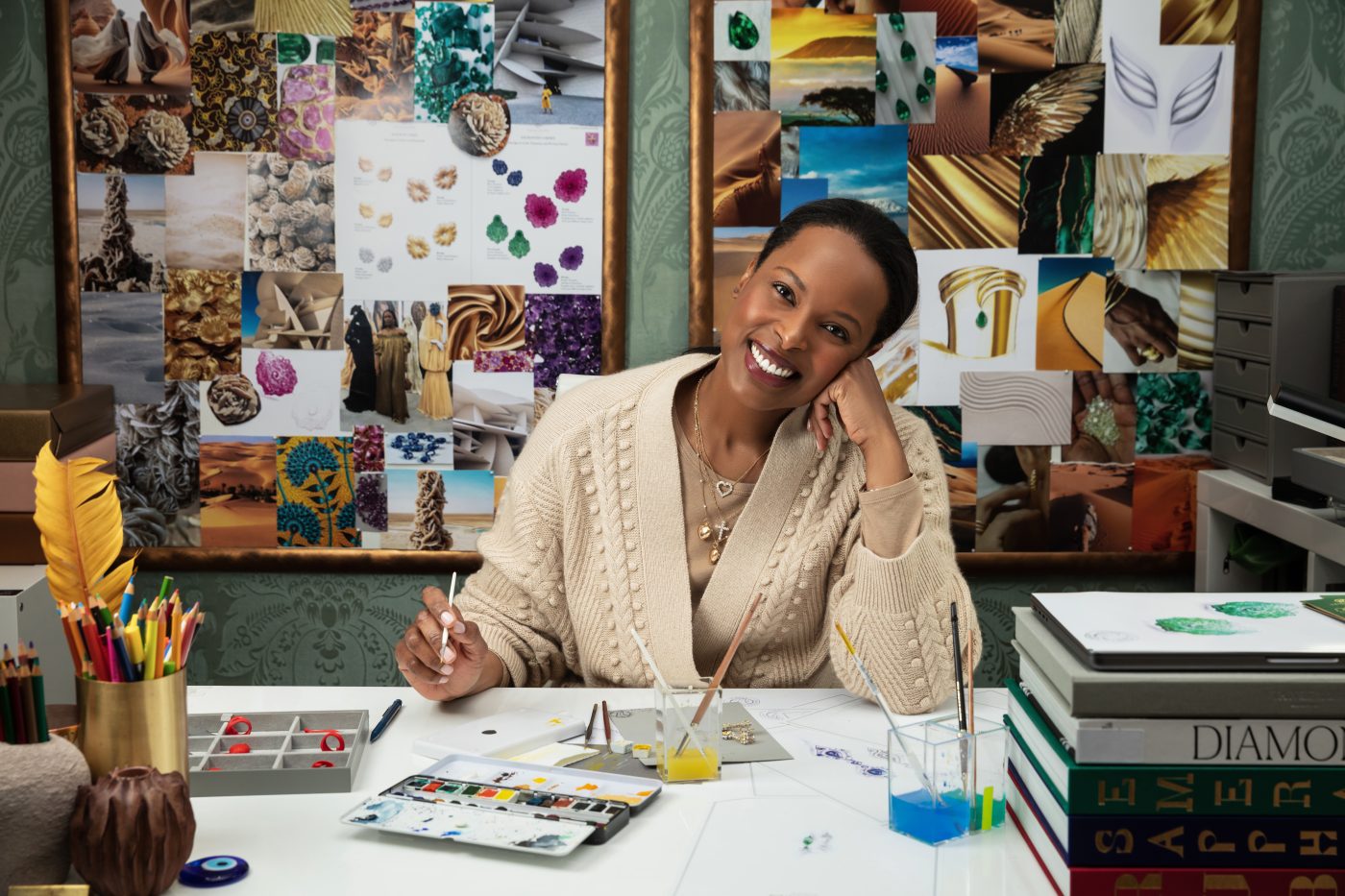
The world of high jewelry is, in many ways, an insular one, dominated by multigenerational family-run companies and global luxury giants like LVMH. This reality has continually confronted Vania Leles, the founder and creative director of Vanleles, “the world’s first African high-jewelry brand,” as she often describes her firm.
A native of Guinea-Bissau, Leles first conceived the idea of starting a jewelry business two decades ago, prompted by a recognition, she says, that “Africa supplies over 75 percent of what is used to make fine jewelry, but there is no representation of Africans in the industry.” Working as a model at the time, Leles enrolled in a program at the Gemological Institute of America, going on to hold positions at Graff, De Beers and Sotheby’s.
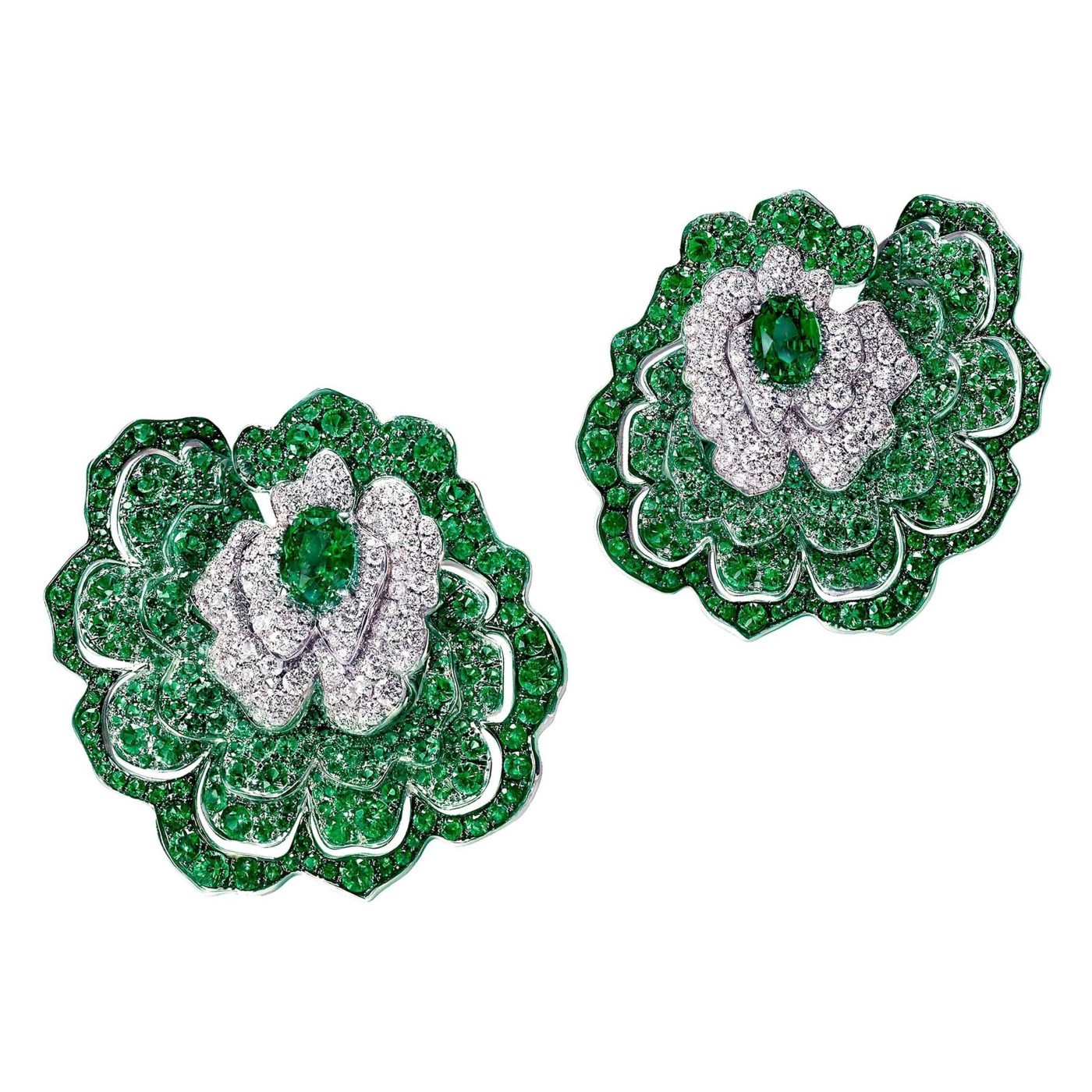
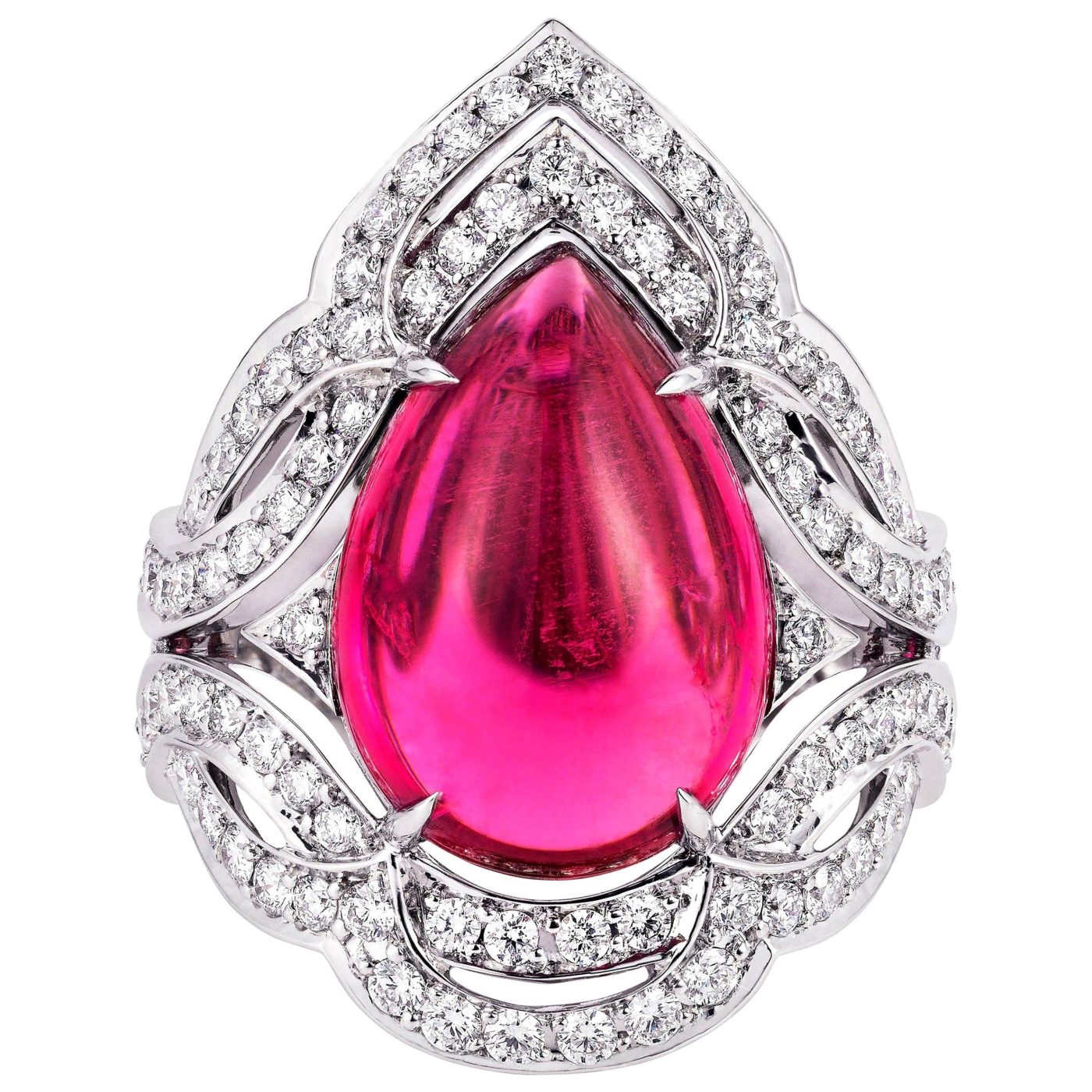
Now more than a decade after launching her own jewelry house, in 2011, Leles has an atelier and a by-appointment boutique in central London, selling her creations to clients around the world. The pieces are crafted in Italy, but the stones come from Africa: emeralds from Zambia; rubies, aquamarines and tourmalines from Mozambique; diamonds from South Africa, Namibia and Botswana — all responsibly sourced, with Kimberley Process certification.
Africa is also the primary inspiration for Leles’s designs. She currently has several themed collections that draw on the continent’s landscape, wildlife and culture, though she tends to avoid literal references and ethnic or tribal designs. “A lot of people are surprised that my jewelry is very contemporary,” Leles says. “It’s modern and transcultural. So anyone — whether from Lagos, London, Abu Dhabi or New York — can wear my designs without feeling it’s ethnic or too representative of a certain aesthetic.”
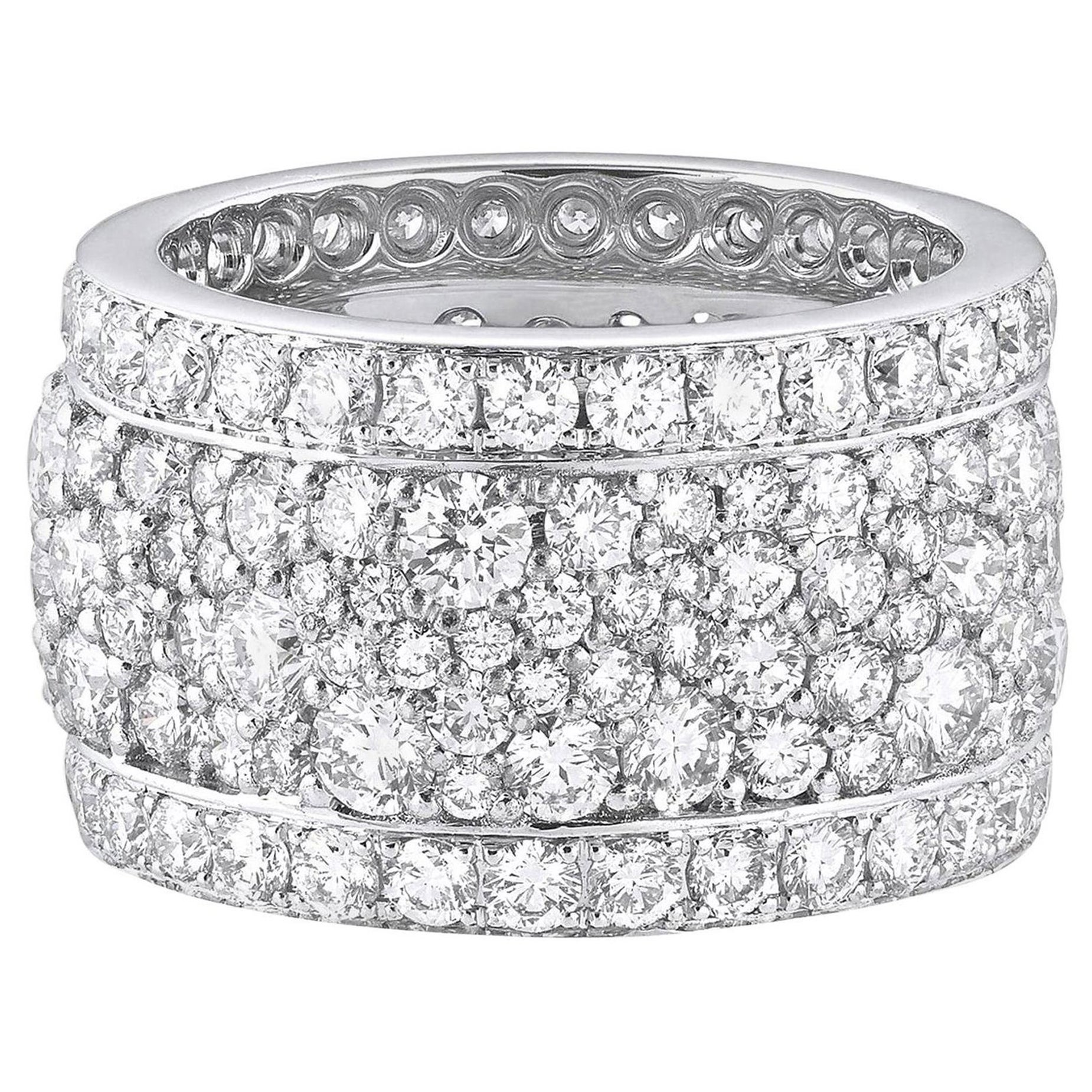
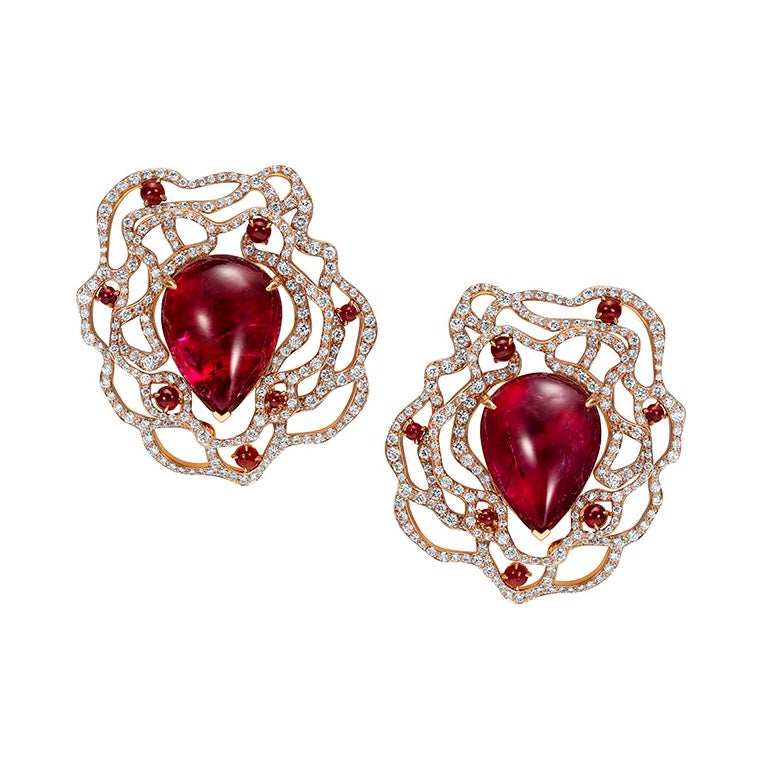
The Enchanted Garden collection, for example, features organically twisting, petal-like forms derived from patterns found in West African batiks. In the Blazing Trails collection, contoured swirls of gold inset with diamonds elegantly evoke desert sand dunes. Legends of Africa strikingly combines white and black diamonds in compositions that Leles suggests conjure “a river flowing through the most dense jungles on the continent.”
She is encouraged by the number of people who have eagerly embraced her Afrocentric vision of luxury. “For some, it’s almost like a community brand,” she says, “one that proudly stands up and says it’s owned by an African, showing the world that we are capable of doing something beautiful and luxurious.”
